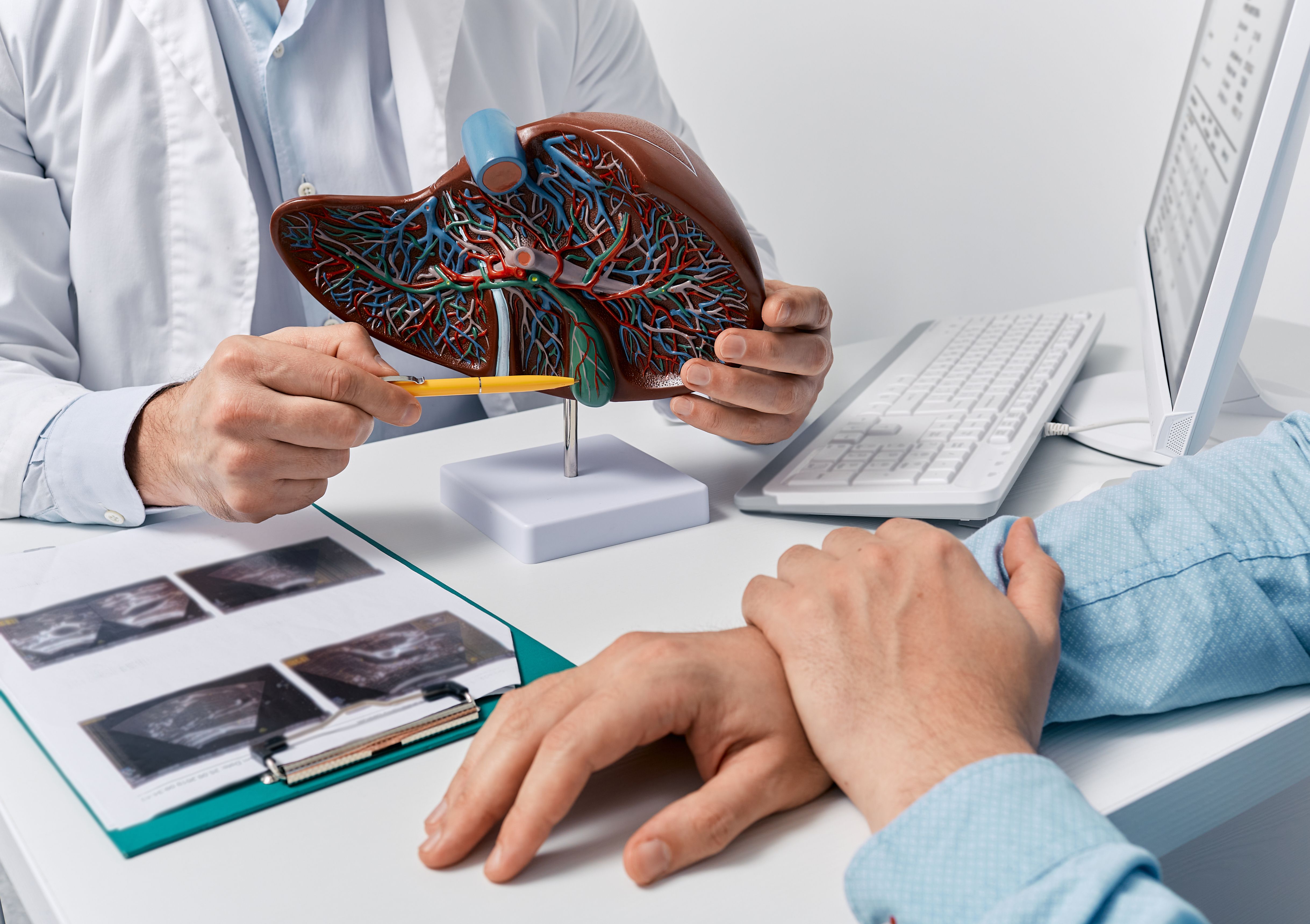Article
Omnipod 5 T1D Glycemic Outcomes Continue to Improve Over the Longer Term
Author(s):
Extended safety and effectiveness of the Omnipod 5 AID system were investigated in this 12-month extension of a previous 3-month study conducted among persons living with type 1 diabetes (T1D).
Data from a 12-month extension study of individuals living with type 1 diabetes using the Omnipod 5 automated insulin delivery (AID) system, compared with their standard therapy, show these patients were able to maintain their elevated time in range (TIR) and hemoglobin A1C (HbA1C) improvements over 15 months.
This was an extension study of a previous 3-month study conducted among the same patient population, and the results were presented at the recent ADA 82nd Scientific Sessions. The investigators conducted this longer-term study due to the lack of data on the glycemic benefits of AID system use that extends beyond 1 year. This extension phase followed a study in which patients continued with their standard therapy for 14 days before transitioning to 3 months of AID use.
To qualify for this single-arm study inclusion, prospective participants (N = 241) had to be 6 to 70 years of age, been living with T1D for at least 6 months, have an HbA1C below 10% at baseline, and have a history of insulin therapy (either previous pump use or multiple daily injections). The primary safety end points were incidence of severe hypoglycemia (SH) and diabetic ketoacidosis (DKA), and the primary efficacy end points were HbA1C and TIR. In this extension study, HbA1C was measured at 4 to 6, 7 to 9, 10 to 12, and 13 to 15 months following AID system initiation and TIR was measured for the range 70 to 180 mg/dL. More than half of the study participants were female.
Subdividing by age—children aged 6 to 14 years (n = 110) and adolescents and adults aged 14 to 70 years (n = 114)—HbA1C decreased the most from months 0 to 3, and data from the next 12 months show those lower levels were maintained by both groups, with children seeing an average decrease of 0.46% and adults, 0.31%, despite the children starting in the study at a higher baseline HbA1C:
- Children’s HbA1C measures: baseline, 7.7%; month 3, 7.0%; month 6, 6.9%; month 9, 7.0%; month 12, 7.0%; month 15, 7.2%
- Adults’ HbA1C measures: baseline, 7.2%; month 3, 6.8%; month 6, 6.7%; month 9, 6.7%; month 12, 6.8%; month 15, 6.9%
Overall, from months 3 to 15, mean HbA1C levels were below 7% and 7.5%, respectively, and there were just 2 instances of SH and 1 instance of DKA.
An additional subgroup analysis was conducted among the children (n = 38) and adolescents and adults (n = 20) who initiated study participation with HbA1Cs above 8.0%. Looking at these data again show the children had slightly greater decrease in their HbA1C overall compared with the adolescent/adult group, 1.04% vs 0.96%, despite again starting at a higher mean HbA1C and that both groups maintained their improvements:
- Children’s HbA1C measures: baseline, 8.7%; month 3, 7.6%; month 6, 7.3%; month 9, 7.6%; month 12, 7.5%; month 15, 7.7%
- Adults’ HbA1C measures: baseline, 8.5%; month 3, 7.6%; month 6, 7.3%; month 9, 7.5%; month 12, 7.4%; month 15, 7.6%
TIR results show that among both patient cohorts, there were improvements of several hours. The children-only group had a 3.1-hour improvement, having started at 52.4% TIR and ending the extension study at 65.4% TIR, and the adolescents/adults group had a 2.4-hour improvement, having started at 63.6% and ending at 72.8%. The study authors deemed these changes significant for both age groups.
By the end of the extension period, 100% of the children and 91% of the adults remained on study.
“The safety and improved glycemic outcomes first observed in the 3-month pivotal study persisted over a total of 15 months of home use,” the authors concluded. “Sustained reduction of HbA1C and improvement in TIR with minimal hypoglycemia over 15 months indicated the potential long-term benefit of AID.”
Reference
Criego AB, Carlson AL, Forlenza GP, et al. Glycemic outcomes over 15 months with the Omnipod 5 automated insulin delivery system. Presented at: ADA 82nd Scientific Sessions; June 3-7, 2022; New Orleans, LA, and virtual. Poster 759-P. Accessed June 29, 2022. https://ada.apprisor.org/epsAbstractADA.cfm?id=3




